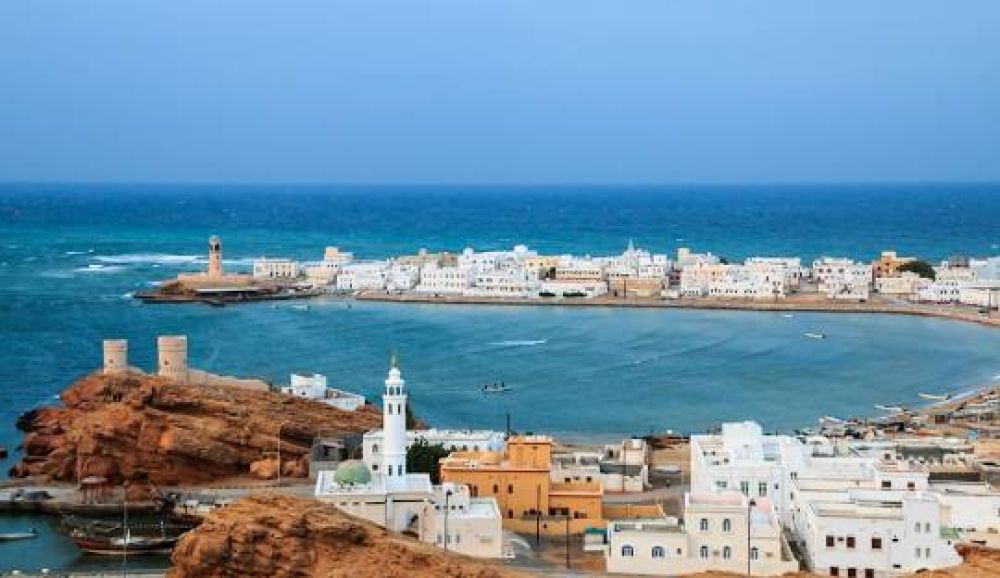

Sur, a picturesque coastal city in Oman, has long been known for its maritime heritage, traditional shipbuilding, and as a gateway to the eastern regions of the country. The history of tourism in Sur is relatively contemporary, developing alongside Oman's burgeoning tourism industry, which gained traction in the latter half of the 20th century.
The tourism industry in Sur began to take shape after the Omani government, under the leadership of His Majesty Sultan Qaboos bin Said, implemented strategies to diversify the economy and promote tourism as a viable sector in the 1970s. With its unspoiled beaches, rich cultural traditions, and stunning natural landscapes like the nearby Ras al Jinz Turtle Reserve, Sur had strong potential to attract tourists looking for authentic Arabian experiences.
Sur's reputation as a dhow-building hub has historically been a point of interest for visitors. The intricate craftsmanship of the traditional wooden vessels known as dhows, which were historically used for trade and fishing, underscored the city's maritime culture. The preservation of this craft and its demonstration at the Al-Ayjah Shipyard became a pivotal tourist attraction. Coupled with the historical sights such as Bilad Sur Castle, the Sunaysilah Fort, and the lighthouse, Sur offered a blend of history and culture that intrigued travelers.
In the recent years, infrastructural developments, such as improved roads and the expansion of accommodation facilities — ranging from luxury resorts to comfortable guest houses — have contributed to the growth of tourism in Sur. Additionally, the government has taken steps to preserve and enhance Sur's natural and historical sites, further boosting its appeal to both domestic and international tourists.
The latest tourism trends in Sur indicate a growing interest in eco-tourism and adventure travel. Visitors are drawn to activities like turtle watching at Ras al Jinz, where they can witness green turtles nesting and hatching on the beach, a truly memorable experience emphasizing conservation and natural wonders. Moreover, there is an increasing appreciation for the serene beaches of Sur, such as Al-Ayjah and Al-Hadd, which provide an escape for those seeking tranquility away from busier tourist spots.
Another emerging trend is cultural tourism, where visitors immerse themselves in local Omani culture. Experiences such as visiting the Sur Maritime Museum, spending time in the local Souqs, or engaging with the traditional Omani lifestyle through homestays and local-guided tours have gained popularity.
Sur, with its amalgamation of history, culture, and natural beauty, continues to weave a compelling narrative for travelers. The strategic development of its tourism infrastructure and the promotion of sustainable, experience-based offerings ensure that Sur remains a treasured destination for tourists seeking to explore the splendors of Oman.